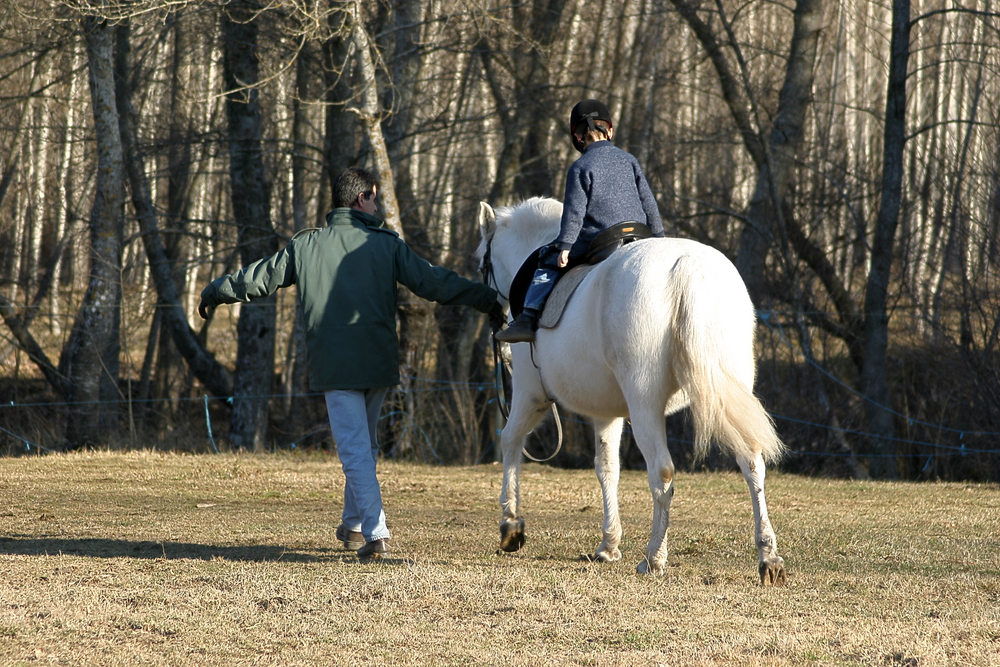Hippotherapy Given on Sand or at Fast Pace Likely Best for Child’s Posture Control, Study Says

Hippotherapy — horse riding as a treatment or form of rehabilitation — that is done in sand or at a fast pace increases the demand for postural control while sitting in children with cerebral palsy (CP), a study finds.
Its researchers suggest that these conditions may promote greater improvement in posture control in these children.
The study, “Do the type of walking surface and the horse speed during hippotherapy modify the dynamics of sitting postural control in children with cerebral palsy?,” was published in the journal Clinical Biomechanics.
Hippotherapy is based on the concept that a person’s neuromuscular development improves when their body continuously adjusts to the rhythmic and repetitive movements of a horse.
Previous studies have shown that it improves balance and posture in children with CP, due to the strong similarities between movements of the human pelvis when walking or riding a horse. But changes in the conditions under which this therapy is given remain highly unexplored.
Researchers in Brazil evaluated the implications of changing surface type and walking speed during hippotherapy in the seated postural control of children with CP.
Their study involved eight children with bilateral spastic CP and eight others with no motor disabilities. Each group was composed of seven boys and one girl.
Children with CP, ages 6 to 12, had moderate to severe motor impairments — classified as levels 3 to 4 in the Gross Motor Function Classification System (GMFCS). They had previous experience with hippotherapy and were able to remain seated on the horse without help. Age-matched healthy children had ridden a horse at least once.
The team analyzed the movements of the children’s torso during hippotherapy through a special mat covered with 1,024 sensors, called CONFORMat, placed over the saddle. This system measures the deviations in the location of the children’s center of pressure on the supporting surface, which provides information on postural control.
These deviations were measured on two types of surface (sand or asphalt) and at two different speeds (slow and self-selected by the horse, and 30% faster). Children with no disabilities had a 10-minute horse-riding adaptation period prior to data collection.
Results showed that children with CP had significantly higher center of pressure deviations on all types of surfaces and speeds than those with no disabilities, confirming weaknesses with their postural control and difficulties in stabilizing the trunk while horse riding, even with previous riding experience.
Among the tested hippotherapy conditions, riding a horse in sand or with a faster walking speed significantly increased deviations with the center of pressure, highlighting a higher demand for postural control while sitting.
“Our results bring important information to hippotherapy, for testing empirical [experience-determined] procedures used in clinical practice and with a population widely reached by this method of rehabilitation,” the researchers wrote.
“In order to increase the demand for sitting postural control in children with cerebral palsy during horse riding, faster horse speed or riding on sand should be used,” they added.
The team suggested future studies should include children with CP with all levels of motor impairments (all GMFCS levels), and analyze the long-term effects of hippotherapy using different types of surface and horse walking speeds on a child’s ability to control posture.


